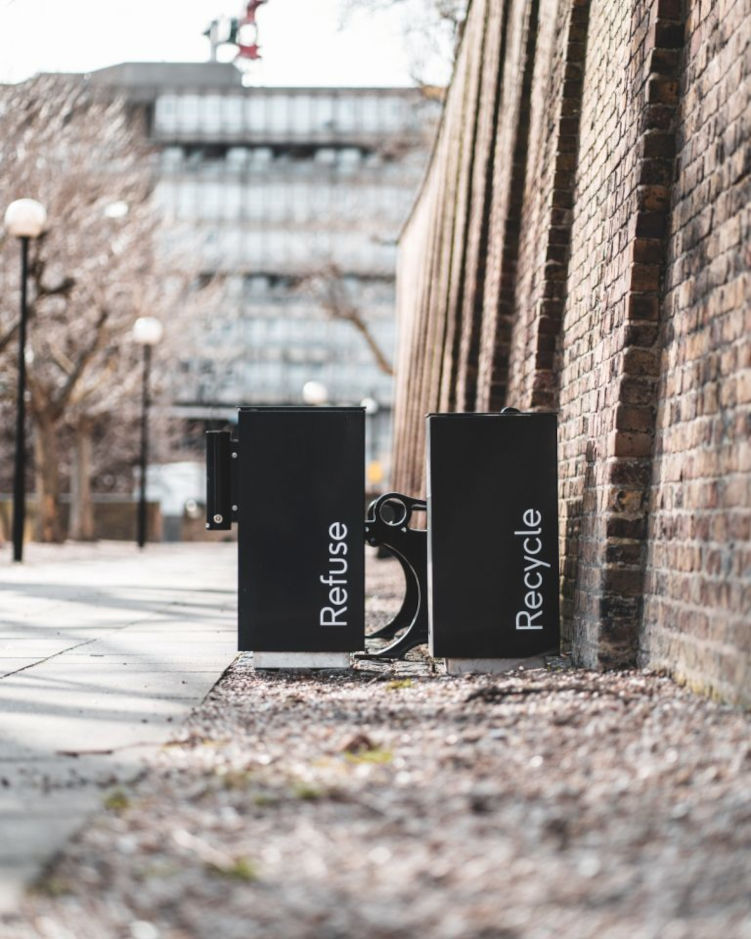In the fashion sector, the pandemic acted as a detonator, bringing out contradictions that have actually existed for some time. One of them is the disproportion between supply and demand: just twenty years ago, fashion houses came out with two collections a year, today some brands offer 24, one every 15 days! Clothes worn a handful of times and garments never even sold go to the shredder: money up in smoke, especially in season like the one we’re trying to get through in which the consumer, based on the most authoritative studies, seems to no longer have the desire, nor the opportunities to justify yet another purchase.
The growing interest in better quality and, therefore, more durable garments is pushing brands to review their production policies. The watchword is “cut”, moving from the take-make-waste logic typical of the linear economy model to a production and consumption model that extends the product life cycle to reduce the share of waste. It all boils down to a series of actions that curiously have the same initial in common:
- Reduce, that is producing goods and services using fewer resources from nature.
- Reuse, that is extending the life of the product instead of throwing it away at the slightest sign of wear.
- Recycle, that is properly disposing of waste so as to transform it into new resources.
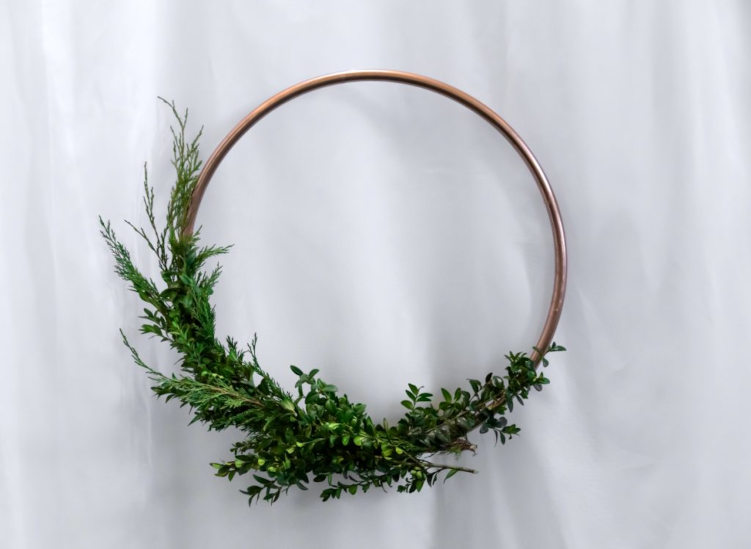

Reduce
According to a recent publication from the European Union entitled Ecodesign your future. How ecodesign can help the environment by making products smarter, as much as 80% of the environmental impact of a product is defined in the design phase. This means that it’s possible to influence its actual sustainability contents by taking into account raw materials, manufacturing processes and the destiny of the product once its original function has been exhausted.
- Raw materials. A good start is to opt for raw materials with a lower environmental impact than “traditional” ones (artificial, synthetic, but also natural such as cotton, which requires plenty of water and energy). Possible alternatives are different and range from organic raw materials to recycled and / or regenerated ones, to the latest innovations in technology. It is also important to rationalize raw materials, because, simply said, the more components are in a garment, the more difficult it will be to dispose of it.
- Manufacturing processes. The question to ask, in this case, is whether it’s possible (and how) to review the transformation processes of raw materials into finished products, for example reducing their water footprint, implementing a more environmentally friendly chemical management system, minimizing production waste, etc.
- End of life. In this case too we need to play early, considering upstream how to move forward the product disposal in line with the principles of circular economy, that is how to recover, recycle or reuse rather than destroy.

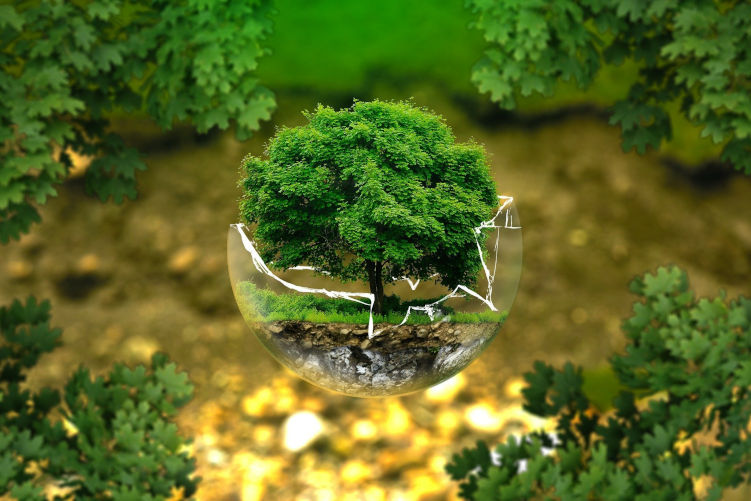
Reuse
If a garment is of good quality, it can last for years and this is what makes the difference in terms of environmental impact! Just to give an idea, it would be enough to double the average number of times each garment is worn to cut emissions into the atmosphere by 44%.
Reaching the goal is also linked to the success of alternative models capable of satisfying not only the primary needs related to the purchase of a suit – to protect oneself from the cold or to safeguard one’s sense of modesty, for example – but also the legitimate need to express through clothes your identity, declare belonging to a group, give a gift to a loved one or simply reward yourself with something beautiful.
Addressing the sector towards circularity doesn’t mean neglecting these needs, but simply satisfying them in different way. Through subscription rental services, for example, which allow you to receive a certain number of garments every month, wear and then return them by paying a monthly fee.
Are we invidet to a soirée or an elegant wedding? The one-shot rental can be a good idea to avoid buying an expensiv dress that we’ll wear once and then forget in the closet for who knows how many seasons.
A growing phenomenon is the sale of second-hand luxury clothes and the success of online shopping sites such as Vestiaire Collective or The RealReal is there to prove it. The Gucci digital store also recently debuted, where not only private individuals but also official boutiques sell the brand’s garments. The second hand market is also gaining ground in segments other than luxury, with platforms such as Vinted or Depop that obviously aim at larger and younger audiences.
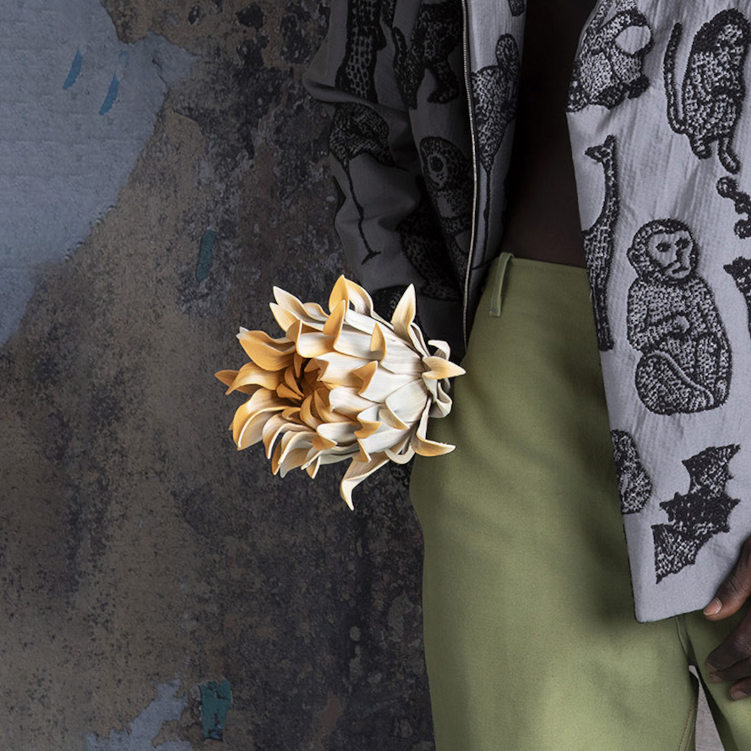
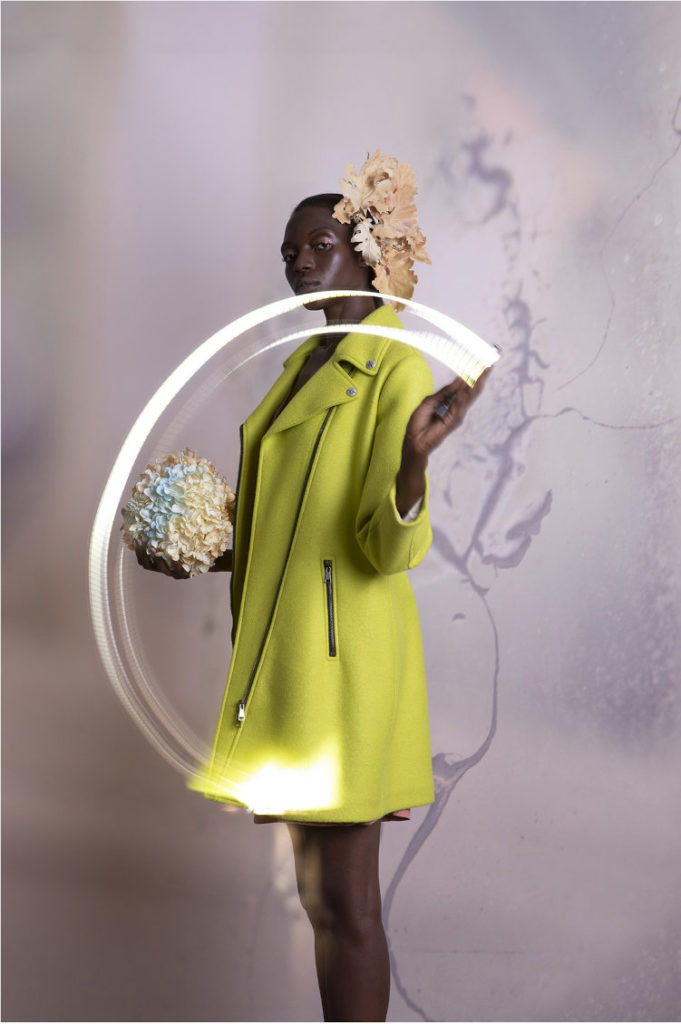
Recycle
Recycling means transforming waste – textiles, in our case – into products that are suitable for a new use. This is a simple definition for a complex topic in both conceptual and technical terms, so much so as to generate erroneous interpretations such as the one for which the recycling practice is assimilated to the circular economy model – obviously much broader matter – or to the upcycling process, which actually means reusing objects to create a higher quality product, be it real or perceived.
Another distinction that is often overlooked is that between mechanical recycling and chemical recycling: we talk about mechanical recycling when textile fibers are mechanically shredded to obtain new fibers to be spun and spooled even in a mix with virgin fibers; we talk about chemical recycling when fibers – synthetic, more than anything else – are dissolved and re-extruded.
The tendency to simplify sometimes leads us to think by watertight compartments, so it is instinctive to think of using the fiber obtained from the recycling of an old shirt to produce another. But the essence of recycling just lies in the virtuous mix of sectors that on paper have little or nothing in common. Fortunately, this dialogue already exists: from the recycling of textile waste materials are obtained for mattresses and seat padding, soundproofing panels for construction, some components of sneakers and much more.
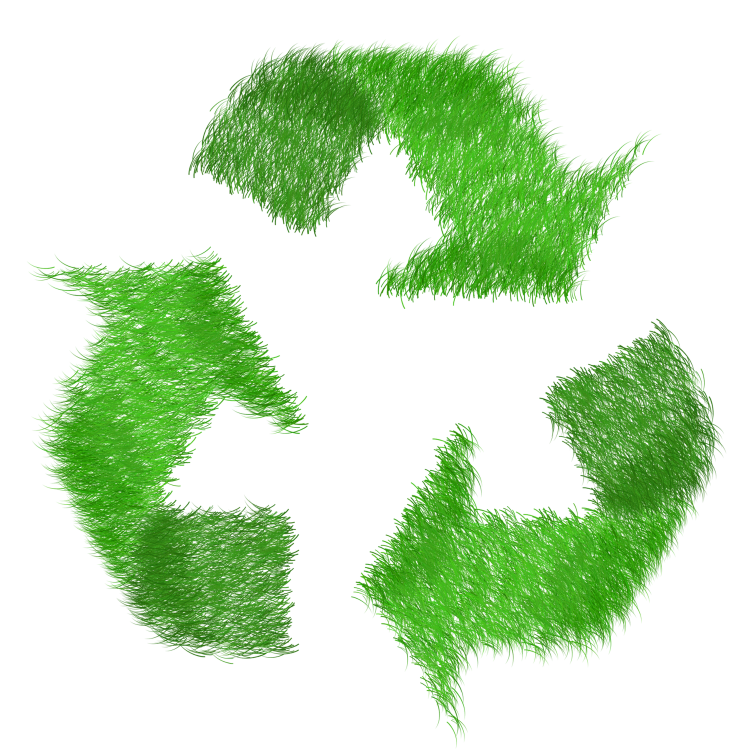
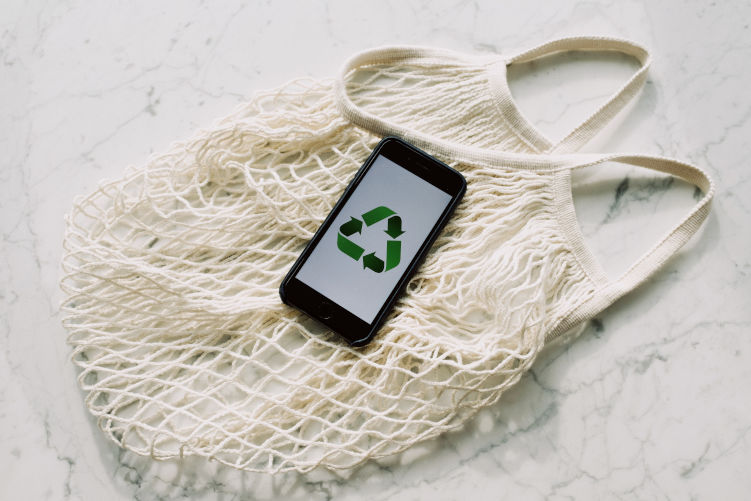
A final important distinction is that between post-consumer and pre-consumer recycling. The first refers to the recovery and transformation of used garments, which commits the consumer to properly dispose of what he no longer wears. What has been a good voluntary action up to now will soon become a legal obligation: by 2025, in fact, the separate collection of textile products will no longer be an option in Europe; Italy has even wanted to speed up times, making the rule mandatory starting as early as next year.
What about pre-consumer recycling? Textile products, in this case, are the tons of production waste that many companies are striving on the one hand to recover, on the other hand to reduce by optimizing cutting techniques, for example.
A word from the expert
Francesca Rulli, Process Factory CEO and creator of the 4sustainability trademark certifying the sustainability performance of the fashion supply chain, is convinced we’ll see a great deal of dynamism in the coming years. “Circular economy is a subject in overbearing evolution on which the legislator will also have to intervene. We will necessarily witness the development of new processes, new skills, new supply chains… But the biggest change will have to be measured on a cultural level and will affect both the global audience of consumers as well as manufacturers and product developers. The challenge? Consider the entire life cycle of the product before it is produced. And before, of course, to decide to buy it”.
